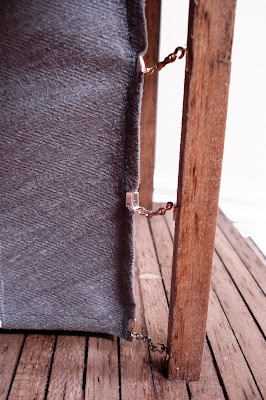
In the event of a natural disaster, communities regress, relying on basic needs to get by. Following the February 27th earthquake that struck Santiago, Chile, many of the natives were left homeless. Desperate for shelter, people began to assemble makeshift structures. Though flimsy, the Chileans needed a solution in regards to shelter for the new found homeless.
This system of disaster relief shelters is a response to the Chilean earthquake. Simple in materials and flexible, it will provide quick assembled, temporary relief for the victims. Each unit relies on a pole system, or the exoskeleton of the shelter. The vertical elements are supported by the poles, thus making the horizontal elements non-load bearing. Each unit houses two people with a central community unit shared by all. The end result is a system that is not only architecturally connected, but socially as well.

Assembly:
Minimal materials and straightforward design make the assembly process relatively effortless. Both the stretched canvas roof and walls come pre cut, as do the wood pieces (poles, decking, etc). Construction will begin by digging two foot holes large enough to place the cement blocks into the ground, followed by the poles. From there, the structure will be built on the poles with support provide where needed. After the wood frame is installed, the walls will be clipped to the poles. The fabric walls may be manipulated how seen fit; they are subject to change with the individual’s privacy preferences
Materials:
Southern yellow pine
Tarp clips
PVC coated double ply material
Metal fixtures for canvas attachment.
Cement for foundation blocks
Optional mosquito netting














No comments:
Post a Comment